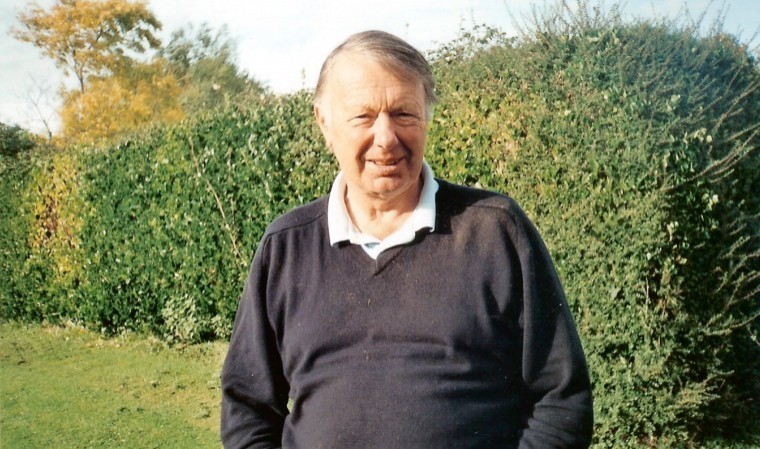The first six months of 2018 were not a very easy time for farmers, whatever your speciality. Cereal growers struggled to get crops sown in February and March and, from our own experience, any sown at that time meant the seeds lying almost permanently waterlogged as the heavens opened almost daily.
Much therefore wasn’t sown until early April but actually look far better for being left in the bag, as the later sown crops appear the best of the spring plantings.
The animals were restricted to their barns on most land well into April, due to the damage they would likely cause with their feet if they were turned out, although some of those days were so severely cold they were better inside anyway. But up on our Downland farm the animals went out once a day from 22 March and eased the tightening straw situation.
Jobs such as winter yard clearance and spreading muck for maize left farm tracks in a hell of a mess but simply had to be done and now track repair features high among the waiting tasks.
Then on top of these I learned another lesson- as one is supposed to every day – when we cut the Italian ryegrass for silage. The late October sown grass after potatoes up in the Arun Valley went in quite well but then lay sodden, not flooded, from February to mid April. Despite the spud grower subsoiling it, the crop looked very variable and showed every wheel track from the autumn.
I think the modern idea of subsoiling is somewhat different to that which was used 25 plus years ago, when we used subsoiling legs and lifters: today they just scratch through the topsoil. A farmer friend nearby said to me: “One thinks the rental on offer from potatoes is too good to miss but it takes at least two years to get the land back into shape afterwards.” The outcome was some eight ponds, each big enough to support a pen of ducks. The water had not drained from the panned soil and the contractor’s big mower unit could not risk getting stuck in them, let alone the huge harvesting unit. Lesson learned: watercress next year?
Fortunately the remaining grass crops came on well and the first cut filled our needs for grass in the clamp. So now we have the summer to tidy up and restore the land. But it is a good lesson for anyone thinking of growing spuds – and indeed, probably any extensively irrigated crop.
I’m not sure what the general view is of the way Mr Gove is talking about his vision for future farm support, indeed the way ahead for our industry, if ever they settle Brexit? One gets the impression farming and growing food in the UK is going to take about third place in his list of priorities behind wild flowers / hedges and the public’s rights to tramp across our factory floor.
Gove really has to show a little interest in the actual people who farm and work our land, with some sympathy for farming’s interests and needs, before just showering support on public vote catching schemes. There has been much wrong with farming subsidies almost since their introduction, even more so in recent times when they have been fiddled around with by successive European Union / UK Ministers – particularly since the EU have pushed broad brush changes that have not really gelled with UK special farming interests. What about the three crop rule? Then there was negative media around the likes of Sir James Dyson buying up swathes of prime land and taking enormous annual EU payments. Yet they also face significant and relatively huge overheads, which soon eat into those millions.
I am sure Sir James is employing excellent managers and advisers but at the end of the day he will face the same sort of problems we all face in farming. And it needs today’s touchy feely ministers to realise, however big they are, farmers and their staff are working with nature, living and thinking about the natural world on a daily basis, while working in the traditional and commercial ways we have always worked to.
If we are allowed to farm properly, to make a fair living, the government concerns about the natural world will generally be cared for automatically because it is in the countrymen’s own interest to look after our environment ourselves, without having it treated as such a top priority for special payments. We really shouldn’t need such payments if our produce returned its true value.
Having suffered the past three months with the results of yet more erroneous Animal and Plant Health Agency TB testing, we had yet another test early June. The usual sleepless nights preceded it.
This was made a little easier by news the government is actually taking some positive and relatively rapid steps to control the risk of infection from the problem of store cattle shipped in from the West Country.
The recent test came back as clear, which was a great relief, following the one in March where two cows were taken as reactors and closed all movement down. Subsequently the two reactors samples tested clear, so were sacrificed on the alter of DEFRA’s incompetence, and lost.
Now we are waiting to hear if, following these two tests, we are again cleared to move animals TB free, since there appears to be some doubt as to the validity of the status of the herd following the March test.
Until one has been through these situations it is probably impossible to realise the stress all those involved are put under. Even more so when official testing mistakes are to blame. One feels DEFRA consider the whole thing a bit of a game – which it certainly is not.




